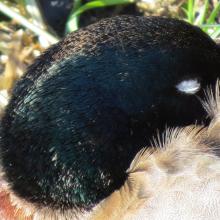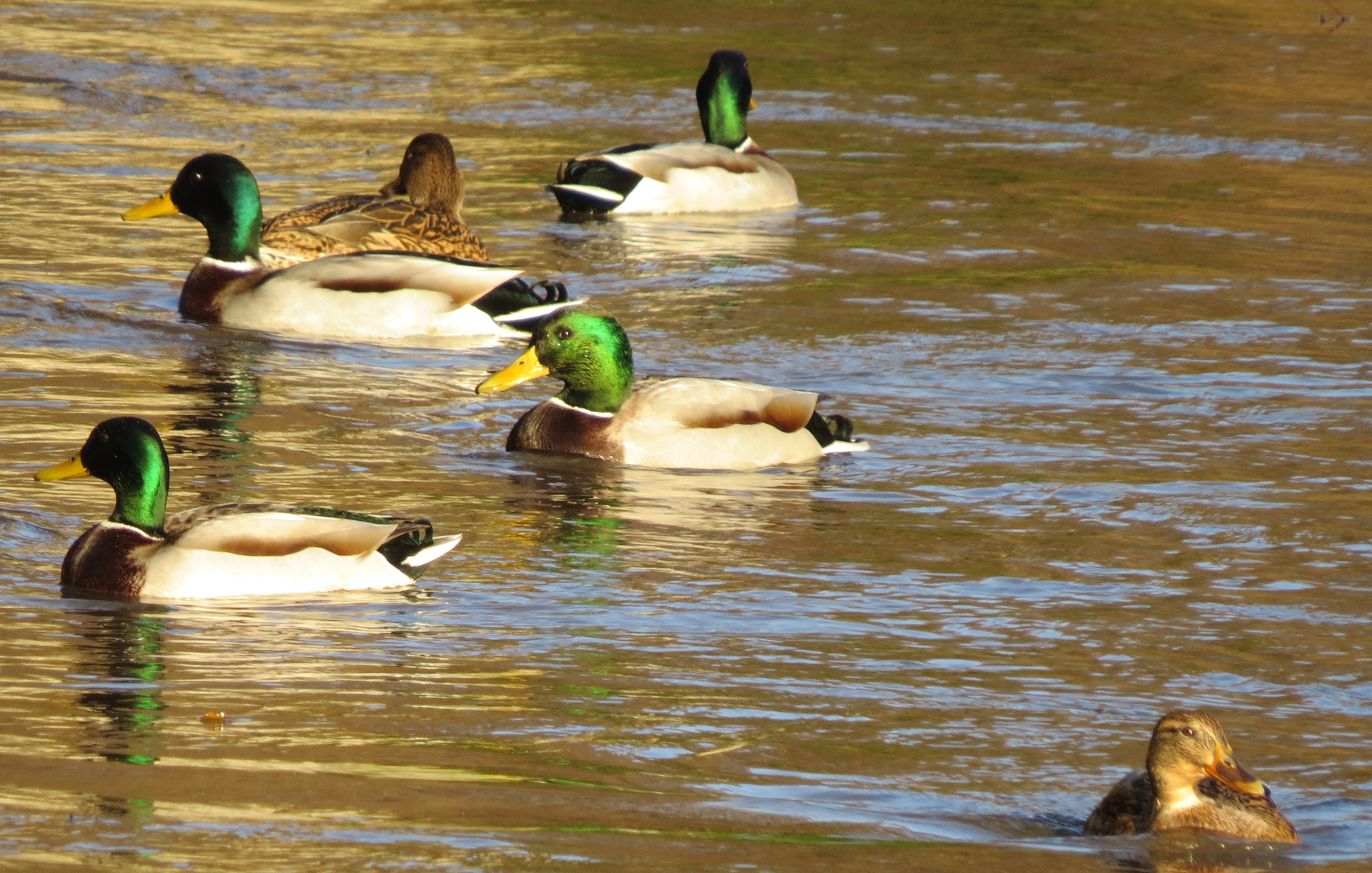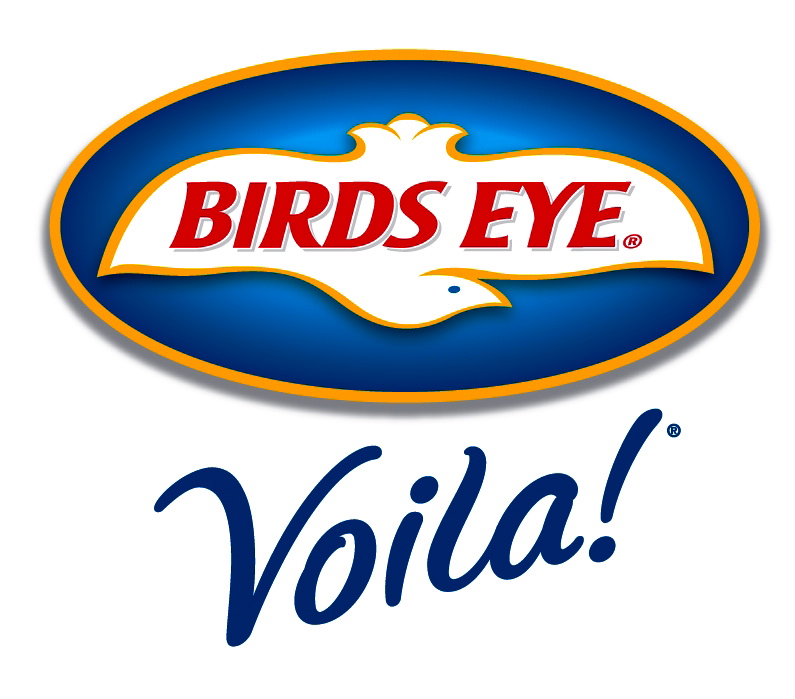
Enjoying the sunshine in St Mark's Park today was this mallard, who was having some shut-eye when we photographed him beside the Water of Leith.
Or, more accurately, open-and-shut-eye as he was understandably reluctant to nod off completely whilst being papped.
Watching him, it soon became apparent that only his bottom eyelid moved when blinking This, a little research revealed, is the norm among sleeping birds with the exception of horned owls who use the upper one instead. Isn't that astonishing? Who knew owls had horns?
All birds, it turns out, have a third eyelid called the nictitating membrane, not visible in these photos. It moves from side to side to spread lubricating oils across the cornea, and is also used by ducks and other waterbirds as a protective contact lens whilst diving.
Movie director David Lynch has often waxed lyrical about duck eyes in discussing the structures and defining moments of successful films:
A duck is one of the most beautiful animals. If you study a duck, you'll see certain things: the bill is a certain texture and a certain length; the head is a certain shape; the texture of the bill is very smooth and it has quite precise detail and reminds you somewhat of the legs (the legs are a little more rubbery). The body is big, softer, and the texture isn't so detailed. The key to the whole duck is the eye and where it is placed. It's like a little jewel. It's so perfectly placed to show off a jewel - right in the middle of the head, next to this S-curve with the bill sitting out in front, but with enough distance so that the eye is very well secluded and set out. When you're working on a film, a lot of times you can get the bill and the legs and the body and everything, but this eye of the duck is a certain scene, this jewel, that if it's there, it's absolutely beautiful. It's just fantastic.
Bringing us all down with a bump, it comes as a surprise to learn that there is a thriving market in glass duck eyes. One nature lover in an American firm – named, without a trace of irony The Duck Blind – explains their importance:
It makes no difference if you are carving a hunting decoy or a decorative. It can be ruined by a poor set of eyes. It’s the eyes that bring your carving to life and represent your attention to anatomical correctness. It blows me away that someone would spend all that money on wood or cork, hours carving and painting, and then put in a cheap pair of eyes. Many years of research with live birds has enabled us to create a line of eyes that are being used by the very best carvers in the country including several world champions. Our eyes are available in two styles….. Blended or solid color iris….and both styles have realistic pupil sizes.
Readers – like ducks – will be blown away to find that prices range from a mere $3.20 to $6.00 for a dozen. (Spurtle tip: Only use two at a time.)
Closer to home, the term 'Duck Eyes' is now used to describe a look common in close-up selfies of the kind commonly found on social media. The Urban Dictionary notes:
Duck Eyes are targeted at the viewer of the picture by being fixed right on the camera and are meant to convey a suggestive, curious, provocative expression. Duck eyes is often accomplished by a girl widely opening her eyes to seem cute or very interested in the viewer. However, the message it really conveys is that the girl is either a retarded anime character or just incredibly easy, both of which make the picture much less attractive than any more genuine picture.
Not sure we like the sniffy, censorious and slightly superior tone of that entry. We suspect the author is a 14-year-old boy who spends most of his day studying girls' selfies and fancies every single one of them.

In Europe the brand is now owned by Permira, a £20 billion private equity group which also boasts Hugo Boss and Doc Martens in its extensive portfolio. Birds Eye peas once famously went from field to frozen in an hour but now do so in about two-and-a-half hours, possibly because of traffic congestion and pot holes.
Even that lovely moment of natural sweetness – 'the moment when the pod went pop' – is now under threat. Last year the company announced it was considering the use of hydroponically grown vegetables to ensure constant and predictable supplies throughout the seasons. Somehow, 'from factory to frozen' just doesn't have the same ring.